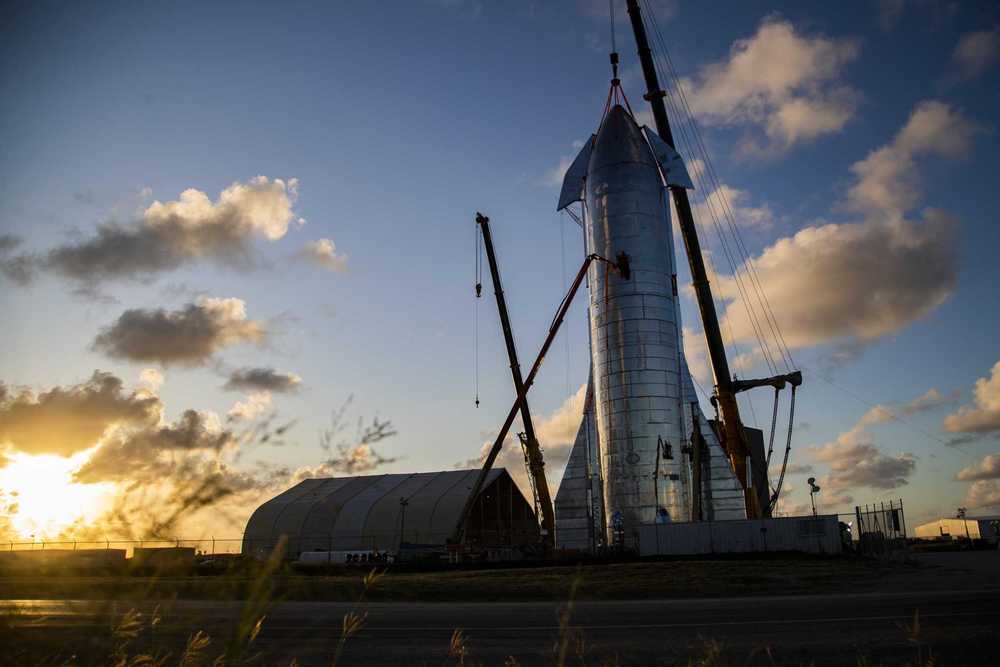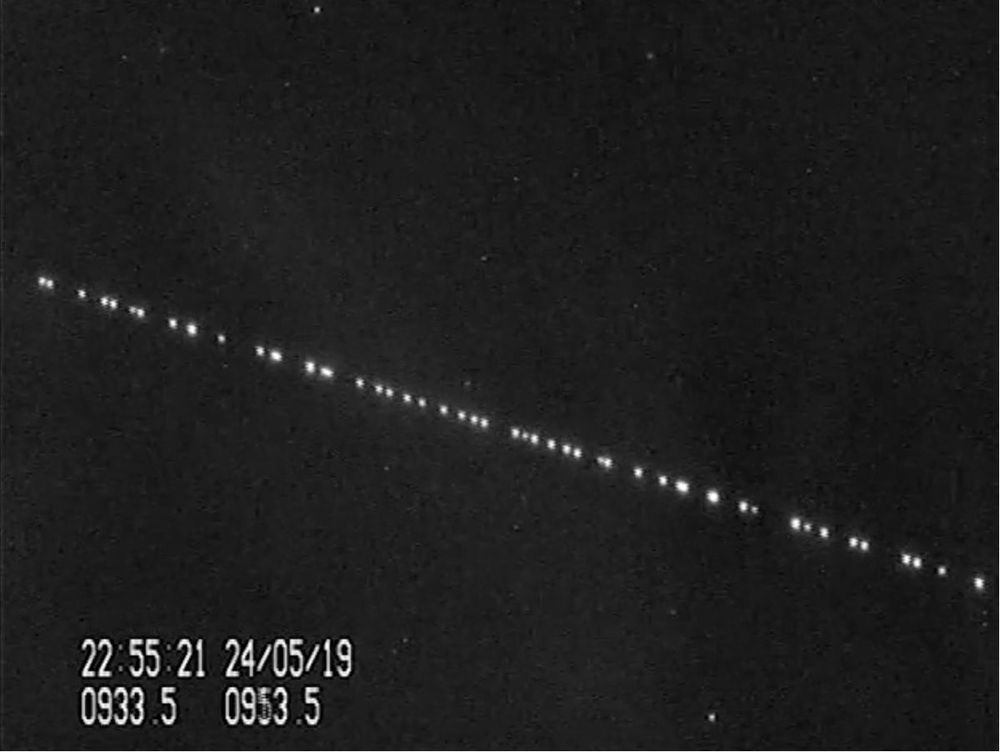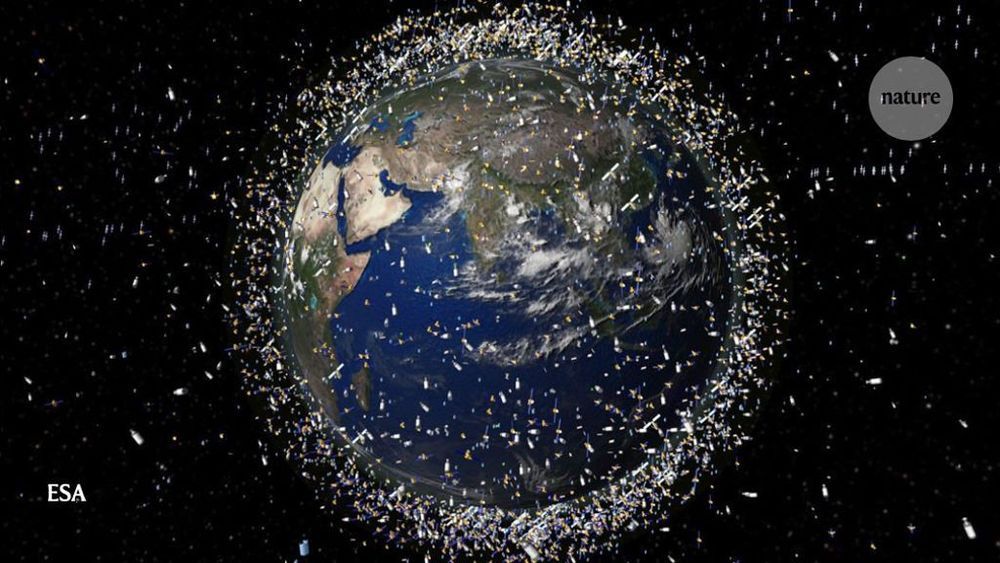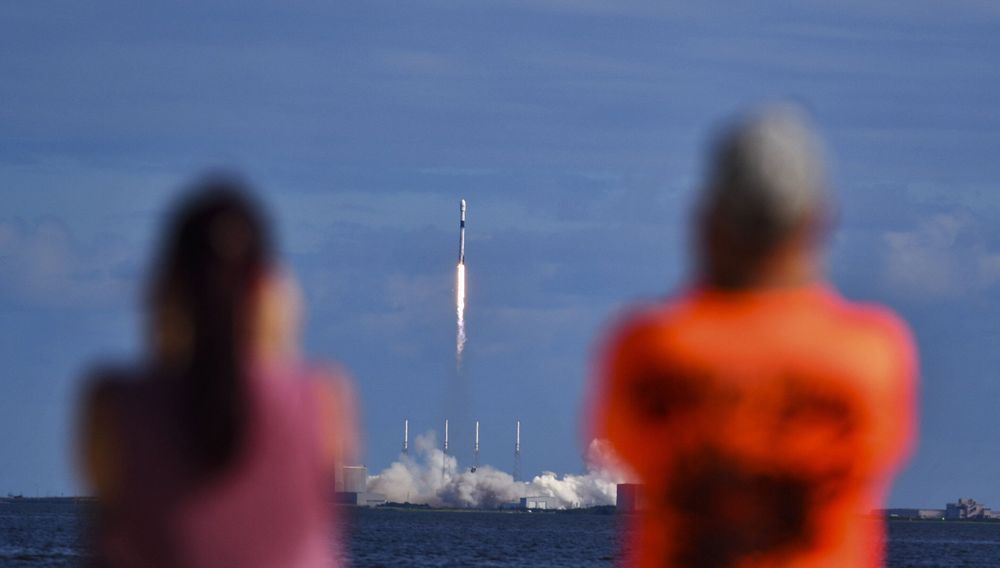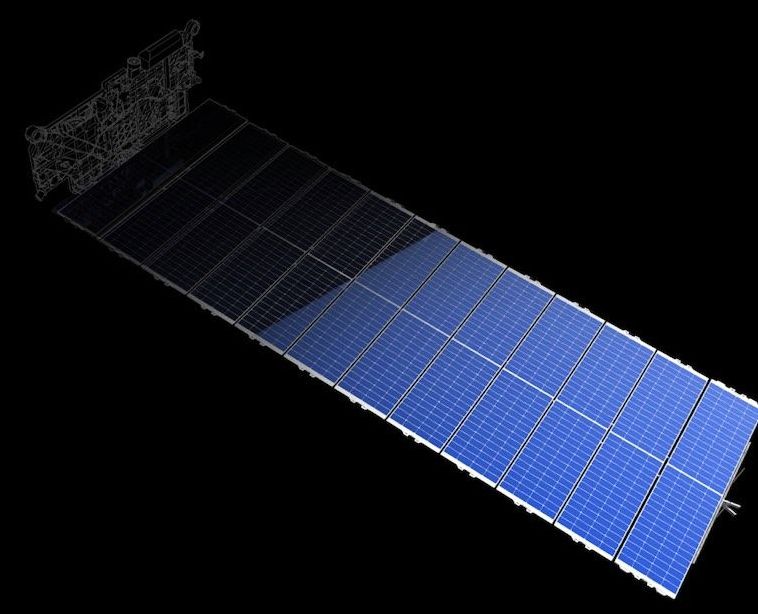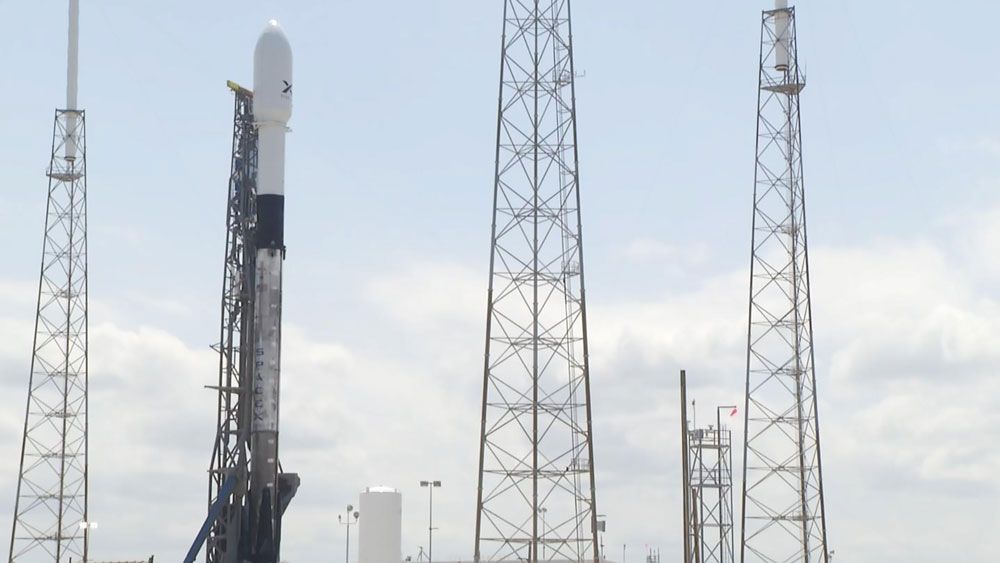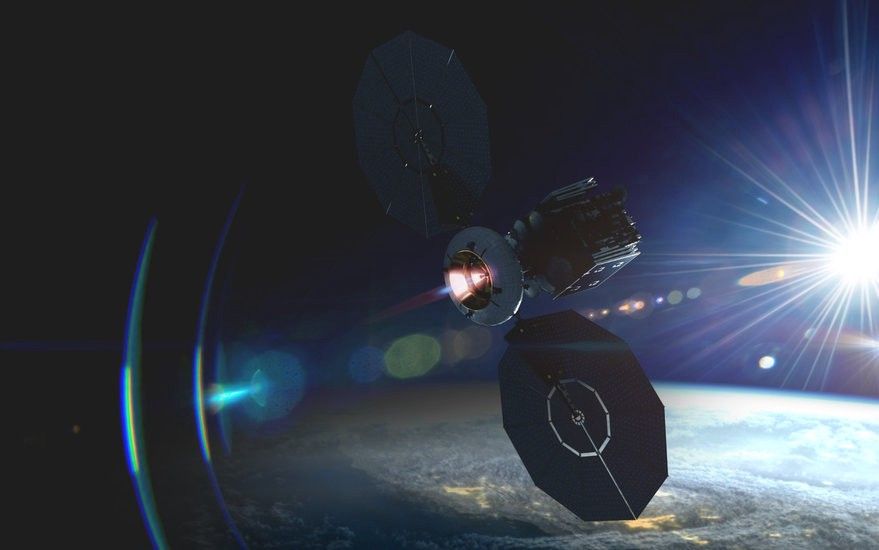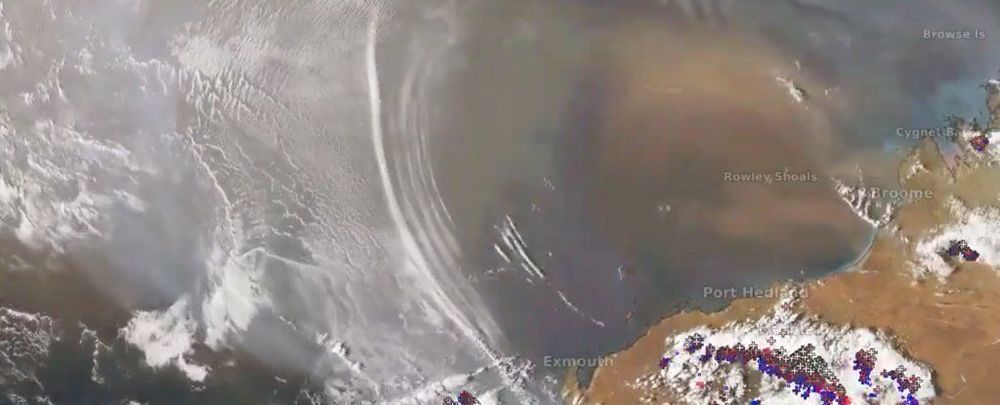Investors shouldn’t underestimate the importance of launching people into space, Morgan Stanley said in a research report released Tuesday.
The Wall Street investment bank expects communication satellites, Earth observation technology and transportation to be the economic drivers of a space economy, but investors should not underestimate human space exploration as a “critical enabler of public will.”
